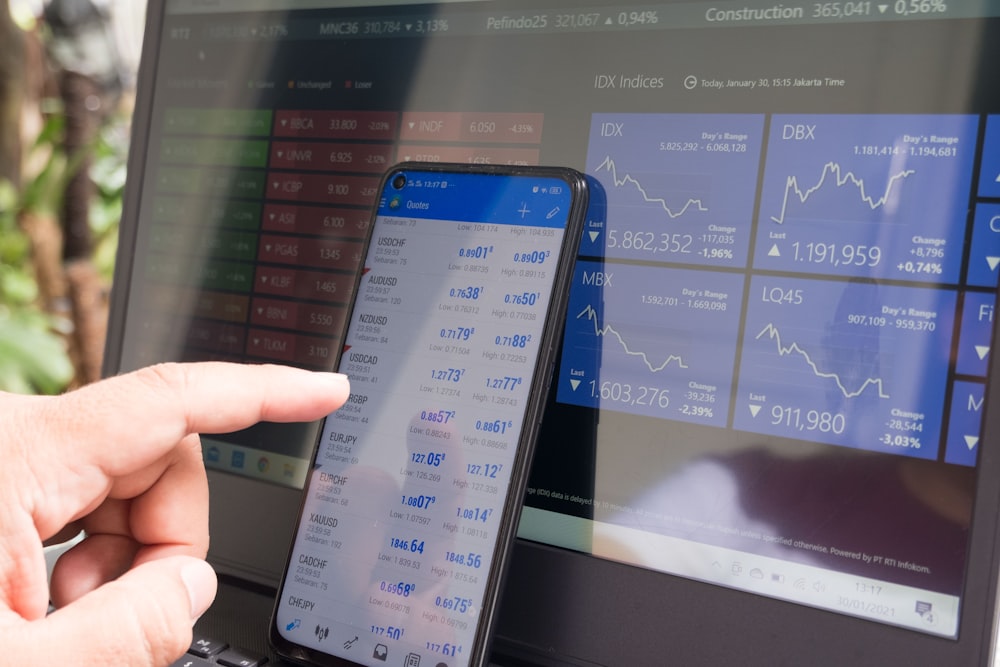

 The bigger story today, though, is the VIX 1-day index. We discussed it yesterday when it was at a low of just 11. Today, it closed at 15.70—a 42% increase—implying that tomorrow, we’ll likely see about a 1% move in the S&P 500. Typically, when the jobs report comes out, volatility on the VIX gets crushed and the S&P 500 moves lower. After that volatility reset, regular trading should resume. The VIX 1-day index will likely open sharply lower tomorrow. So, we could be in a scenario where we see an initial knee-jerk reaction higher regardless of the job report outcome.
The bigger story today, though, is the VIX 1-day index. We discussed it yesterday when it was at a low of just 11. Today, it closed at 15.70—a 42% increase—implying that tomorrow, we’ll likely see about a 1% move in the S&P 500. Typically, when the jobs report comes out, volatility on the VIX gets crushed and the S&P 500 moves lower. After that volatility reset, regular trading should resume. The VIX 1-day index will likely open sharply lower tomorrow. So, we could be in a scenario where we see an initial knee-jerk reaction higher regardless of the job report outcome. I think the FX and rates markets will probably offer the best overall view of how the market responds—not necessarily the equity market. We’ve seen some flattening at the 30-year minus 3-year yield spread. It had been around 60-65 basis points, but now it’s back down to about 30 basis points. That will be something to watch tomorrow to see if the steepening continues after the report.
I think the FX and rates markets will probably offer the best overall view of how the market responds—not necessarily the equity market. We’ve seen some flattening at the 30-year minus 3-year yield spread. It had been around 60-65 basis points, but now it’s back down to about 30 basis points. That will be something to watch tomorrow to see if the steepening continues after the report. As for the 10-2 spread, we’ve discussed how it looks like it’s in a bull flag pattern in the short term since mid-December. Right now, it’s at the lower end of the range. If the bull flag is going to hold, we need a hot jobs report tomorrow. Otherwise, we could see the 10-year yield break below 4.40% and possibly head toward 4.15%. That’s not what I’ve been expecting, but it’s possible. We’ll have to see how the numbers come in. It’s also unclear how the benchmark revisions will weigh into the data.
As for the 10-2 spread, we’ve discussed how it looks like it’s in a bull flag pattern in the short term since mid-December. Right now, it’s at the lower end of the range. If the bull flag is going to hold, we need a hot jobs report tomorrow. Otherwise, we could see the 10-year yield break below 4.40% and possibly head toward 4.15%. That’s not what I’ve been expecting, but it’s possible. We’ll have to see how the numbers come in. It’s also unclear how the benchmark revisions will weigh into the data. The estimates suggest 170,000 new jobs, compared to 256,000 last month. The unemployment rate is expected to remain unchanged, while average hourly earnings are forecasted to stay at 0.3% month over month and fall to 3.8% year over year from 3.9%.The NFIB released its jobs report today, showing that actual compensation changes rose four points to 33%. While this isn’t a one-to-one indicator with wages in the BLS report, it’s interesting. Additionally, S&P Global’s PMI report previously noted compensation pressures. Also, the same report, which came out on February 5th, in the first line of the report states: “Stronger job creation despite slowdown in output growth at start of 2025” and “Job creation hits 31-month high“.So, anecdotal evidence suggests that tomorrow’s number could be substantial. We’ll have to see how it plays out.Before wrapping up, I wanted to highlight that TradingView now includes BTIC S&P 500 Total Return Index futures. Anyone can now access this data using the symbol AST1, which provides the generic contract for the current month. You can find other months through the dropdown.Today, equity financing costs for the current contract finished around 54, and they haven’t recovered from the significant decline following the December Fed meeting at the start of the year. Interestingly, we’re at the low end of the range since mid-September.
The estimates suggest 170,000 new jobs, compared to 256,000 last month. The unemployment rate is expected to remain unchanged, while average hourly earnings are forecasted to stay at 0.3% month over month and fall to 3.8% year over year from 3.9%.The NFIB released its jobs report today, showing that actual compensation changes rose four points to 33%. While this isn’t a one-to-one indicator with wages in the BLS report, it’s interesting. Additionally, S&P Global’s PMI report previously noted compensation pressures. Also, the same report, which came out on February 5th, in the first line of the report states: “Stronger job creation despite slowdown in output growth at start of 2025” and “Job creation hits 31-month high“.So, anecdotal evidence suggests that tomorrow’s number could be substantial. We’ll have to see how it plays out.Before wrapping up, I wanted to highlight that TradingView now includes BTIC S&P 500 Total Return Index futures. Anyone can now access this data using the symbol AST1, which provides the generic contract for the current month. You can find other months through the dropdown.Today, equity financing costs for the current contract finished around 54, and they haven’t recovered from the significant decline following the December Fed meeting at the start of the year. Interestingly, we’re at the low end of the range since mid-September. We also received the , which showed that overnight, repo activity for equities dropped from $142.8 billion to $132.3 billion. This aligns with the broader theme we’ve discussed: Demand for leverage hasn’t reemerged, which likely explains why the equity market has been trading sideways for the past few weeks.More By This Author:Implied Volatility May Rise Sharply Ahead Of The January Job ReportThis Week’s Economic Data Could Drive The Market’s Next Big Move A Massive Bear Steepener In Rates May Lie Ahead
We also received the , which showed that overnight, repo activity for equities dropped from $142.8 billion to $132.3 billion. This aligns with the broader theme we’ve discussed: Demand for leverage hasn’t reemerged, which likely explains why the equity market has been trading sideways for the past few weeks.More By This Author:Implied Volatility May Rise Sharply Ahead Of The January Job ReportThis Week’s Economic Data Could Drive The Market’s Next Big Move A Massive Bear Steepener In Rates May Lie Ahead
















